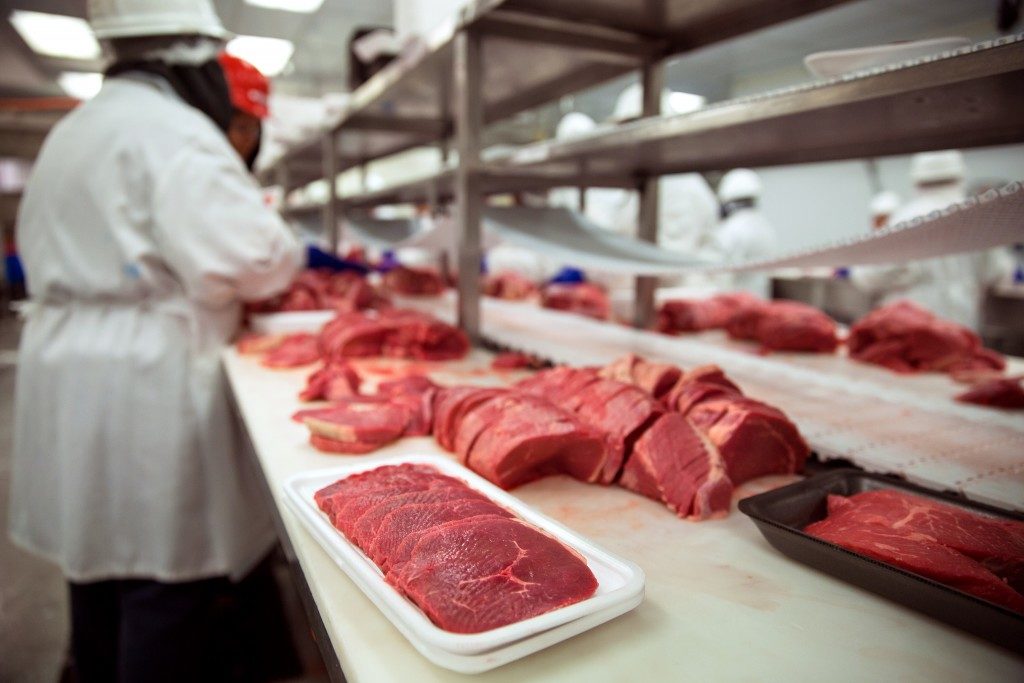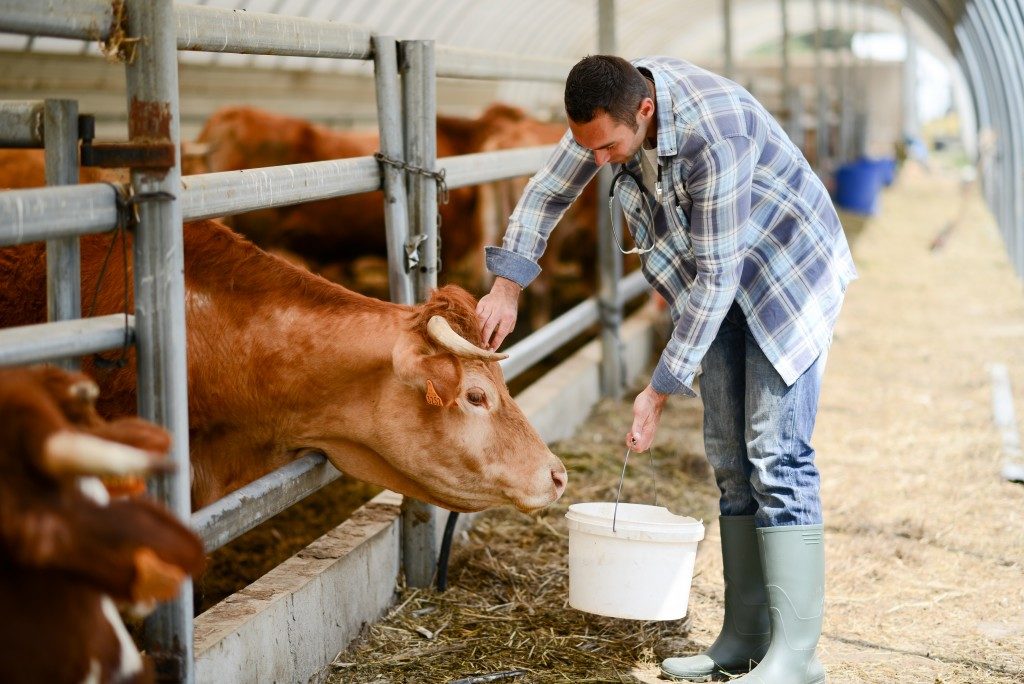Many successful business stories in the food industry started from a small but terrific concept. Taking a traditional family recipe, for instance, and managing to translate it from small batches to mass production, can win over a large and loyal consumer base in search of that authentic family taste.
You might already have received plenty of praise for the food that you prepare or give as presents. As a business idea, this can lead you to successful sales at local markets or pop-up stores. Eventually, you can build a sizeable niche following, which opens up the next possibility: scaling up your small food business operations.
Entering the arena of mass food production and distribution is going to take careful planning. Here are some things to consider:
Production model
What’s the best way to scale up your food production? The answer will depend on several factors tied to the specific nature of your product. The availability of the necessary ingredients is one end of the equation. How your consumers need the final product is another. Making your food to order will work for Sunday market fairs but not for much more extensive operations.
Before heading over to mass production, you can test small batch production first. This allows you to gauge market demand, narrow down a range of options for your product, and give you a better feel for the day-to-day management of expanded business operations.

Equipment
It’s unlikely that you’ll be able to continue operating your business from home. You’ll want to work with large volumes of ingredients to minimize packaging and delivery costs. This requires space for specialized containers such as heavy drums and a clean, pest-free storage area. If you can’t fit your operations onto your residential property, start checking out facilities for lease, which can also come with some of the equipment you need. Or look for opportunities to tie up with manufacturers that already work on a range of similar products.
Specific machinery for your product might also be necessary. Fried potato snacks, for instance, require food-grade oil pumps, filters, and heat exchange mechanisms to transport oil from the tank to the fryer safely and dispose of it afterward. Planning for the equipment you’ll need will give you a solid grasp of the costs involved.
Distribution and regulations
When you mass-produce food, delivering it to your consumers won’t be as simple as taking a cartful of product to the market in your car. Effective mass distribution first requires you to meet safety regulations that vary with your location and the type of product. Next, you’ll need to work out an arrangement with retailers to carry your product on their shelves.
It can be worthwhile to join or at least consult local industry associations so that you gain insider knowledge on the applicable regulations as well as useful contacts within a network of food brokers, distributors, and retailers. You might have to comply with details such as packaging information and safety, and knowing the right manufacturer of food-safe containers will prevent unexpected problems.
Engaging in any business entails a lot of decisions and considerations, and few things are all upside. Expanding your small-scale food business can be both exciting and fulfilling, but be prepared to deal with the extra work and preparation as you ensure that your startup success translates into retail and beyond.


